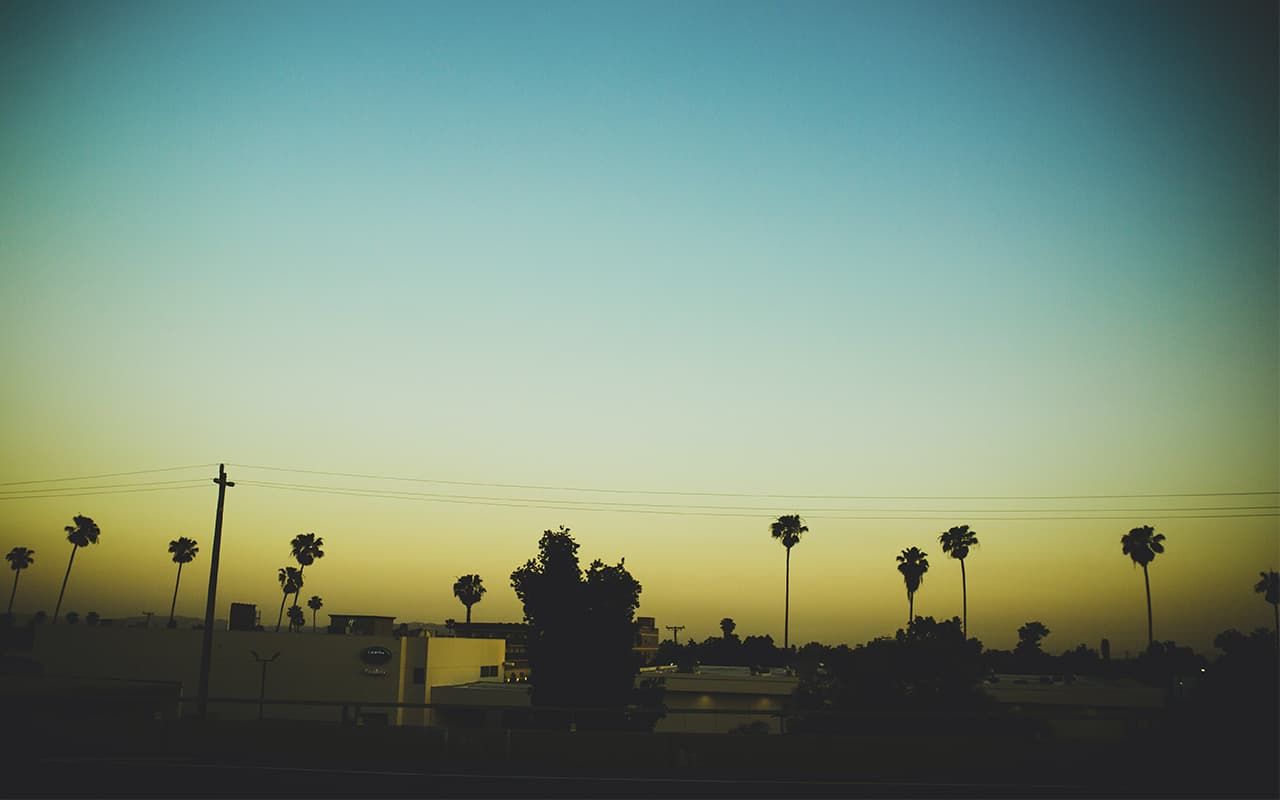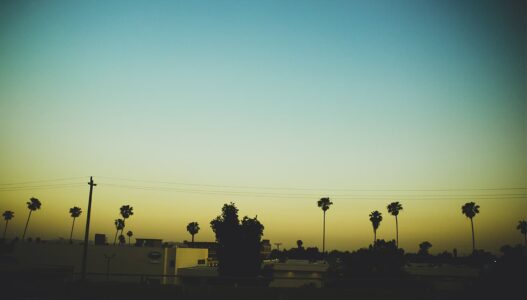According to the Antioch Public Works Department , Antioch has 31 parks totaling 310 acres (130 ha) with an additional 600 acres (240 ha) of open space owned by the City. It also has 11 miles (18 km) of walking paths connecting the community to parks and schools.
Within its boundaries are Contra Loma Regional Park, Antioch/Oakley Regional Shoreline and Black Diamond Mines Regional Park , as well as the Mokelumne Coast to Crest Regional Trail and the Delta de Anza Regional Trail . According to the East Bay Regional Park District , these three parks cover 6,493 acres (2,628 ha); approximately 38% of Antioch’s total land area.
Near Antioch’s city limits is the 819-hectare Round Valley Regional Wildlife Refuge .
The Antioch Dunes National Wildlife Refuge, established in 1980, was the first national wildlife refuge in the country, created to protect endangered plants and insects, particularly Apodemia mormo langei, collectively known as the Lange’s metatarsal butterfly, Antioch Dunes evening primrose, and contra. Costa yellowtail butterfly. It is located on the south bank of the San Joaquin River in Antioch. The refuge and several acres of surrounding land contain most of the remaining habitat for these three species, and is all that remains of a nine-kilometer stretch of sand dunes formed during periods of glaciation.
The town has a municipal marina, along with other private marinas, boatyards and yacht clubs. There is a public fishing wharf in town, and another near the Antioch Bridge .
The San Joaquin River can be fished along the Antioch/Oakley Regional Shoreline just upstream of the Antioch Bridge on Highway 160 (also known as the Nejedley Bridge).
In late 2011, several community groups filed a lawsuit against local power plants to protect the Lange’s butterfly methalike and to ensure that operators went through proper permitting procedures.

